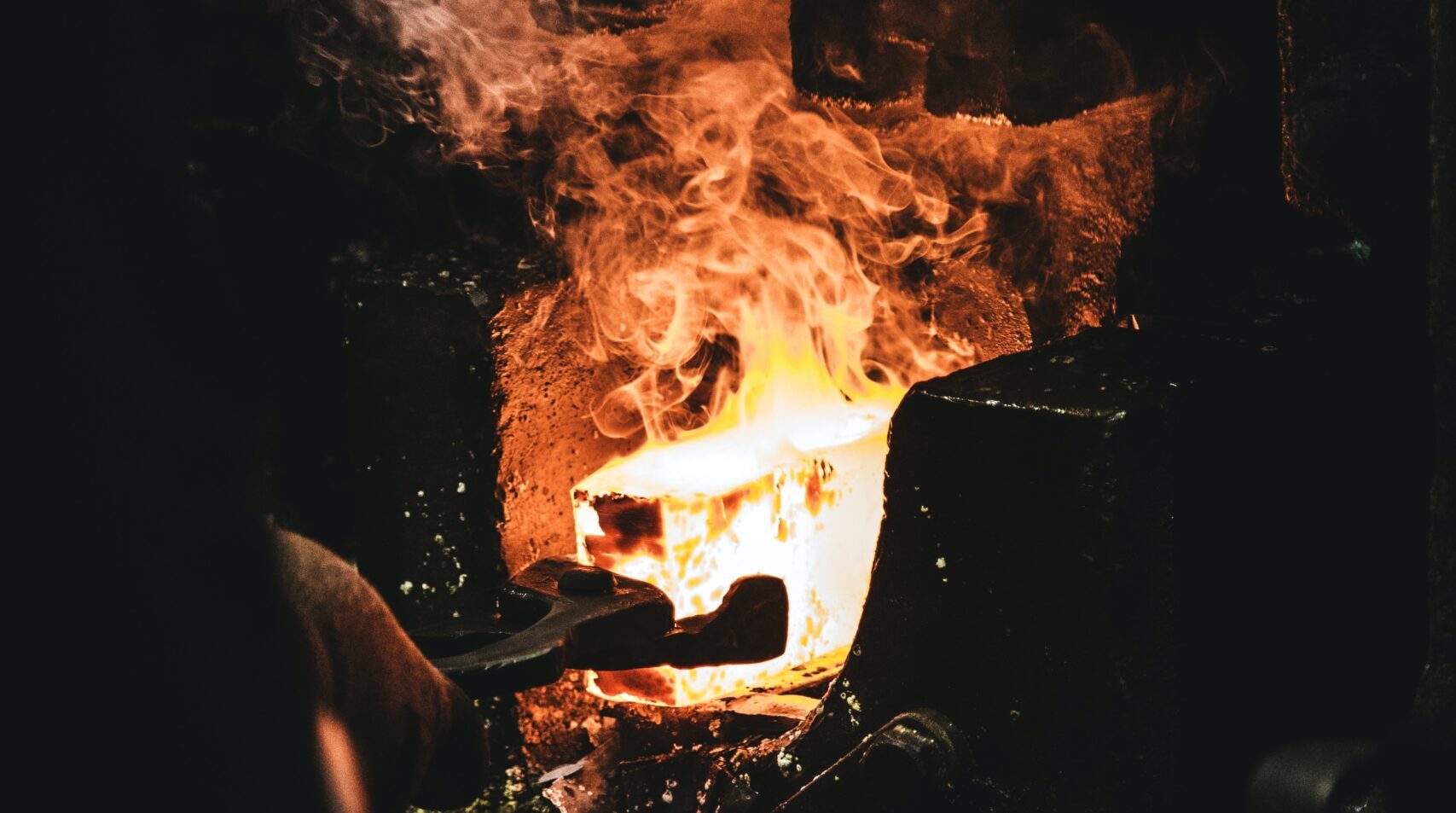Introduction
Knife grinding is a crucial step in the knife-making process, as it determines the final edge geometry and sharpness of the blade. To achieve precise and consistent results, many knife makers and enthusiasts rely on knife grinding jigs. These tools assist in holding the blade at a consistent angle during the grinding process, resulting in accurate bevels and uniform edge profiles. In this article, we will explore the benefits of using a knife grinding jig and discuss different types of jigs available in the market.
Freehand Knife Grinding vs Using a Jig
Traditionally, knife grinding was done freehand, where the knife maker manually controlled the blade’s position and angle against the grinding wheel or belt. While freehand grinding requires skill and experience, it can be challenging to maintain consistent angles and achieve uniform bevels, especially for beginners or when grinding multiple blades.
Using a knife grinding jig provides several advantages over freehand grinding:
- Consistency: A jig holds the blade securely in a fixed position, ensuring a consistent grinding angle and bevel width throughout the process. This consistency leads to uniform edge geometry and improved blade performance.
- Repeatability: With a jig, it is easier to reproduce the same grinding results for multiple knives or when regrinding a blade. This allows for consistent edge profiles and precise bevel angles, even when working on different blades.
- Time-saving: A jig simplifies the grinding process by providing a reference point and reducing the need for constant adjustments. This saves time and effort, making knife grinding more efficient.
- Accuracy: Jigs help maintain precise angles, resulting in sharper and more refined edges. They enable knife makers to achieve the desired cutting performance and optimize edge retention.
Benefits of Using a Jig for Knife Grinding
Using a knife grinding jig offers several benefits that contribute to the overall quality of the final blade:
- Angle Control: Jigs provide a reliable and consistent way to set and maintain the desired grinding angle. This allows for precise control over the blade’s edge geometry and facilitates the creation of specific bevel types, such as convex, flat, or hollow grinds.
- Safety: By holding the blade securely, a jig reduces the risk of accidents and injuries during the grinding process. It provides a stable platform for grinding and minimizes the chance of the blade slipping or being mishandled.
- Flexibility: Some jigs offer adjustable features, allowing knife makers to experiment with different grinding angles and bevel configurations. This versatility enables customization and the exploration of various cutting characteristics.
- Ease of Use: Knife grinding jigs are designed to be user-friendly, even for beginners. They simplify the grinding process, making it more accessible to individuals who are new to knife making or have limited experience with freehand grinding.
Types of Jigs for Knife Grinding
There are various types of knife grinding jigs available, each designed to cater to different grinding techniques and blade styles. Here are a few commonly used types:
- Fixed-Angle Jig: This type of jig allows for consistent grinding angles by setting a fixed position for the blade. It is suitable for maintaining a specific angle throughout the grinding process, ensuring uniform bevels.
- Adjustable-Angle Jig: An adjustable-angle jig provides the flexibility to change the grinding angle according to the desired bevel configuration. It typically features a sliding mechanism or adjustable arms that allow for precise angle adjustments, making it suitable for experimenting with different edge geometries.
- Multi-Functional Jig: Some jigs offer versatility by incorporating multiple functions. These jigs may include features such as angle adjustability, guide rails for consistent movement, and additional attachments for different grinding tasks, such as sharpening or honing.
- Clamp-On Jig: A clamp-on jig attaches to the blade or the knife’s spine, holding it securely in place during the grinding process. This type of jig is compact and portable, making it convenient for on-the-go or field applications.
- Restraint Jig: Restraint jigs are specifically designed to prevent blade movement or flexing during grinding. They provide stability and rigidity to the blade, ensuring precise and controlled material removal without the risk of blade distortion.
When choosing a knife grinding jig, it is important to consider the specific requirements of your grinding projects, the types of blades you work with, and your personal preferences in terms of adjustability and ease of use.
Conclusion
Knife grinding jigs are valuable tools for achieving precise and consistent results in the blade grinding process. They offer advantages such as angle control, repeatability, and improved safety over freehand grinding techniques. By using a jig, knife makers can create uniform bevels, accurate edge profiles, and optimize cutting performance. With various types of jigs available, each catering to different grinding techniques and blade styles, knife makers have options to choose the most suitable tool for their needs. Incorporating a reliable knife grinding jig into your process can enhance the overall quality and efficiency of your knife-making endeavors.
